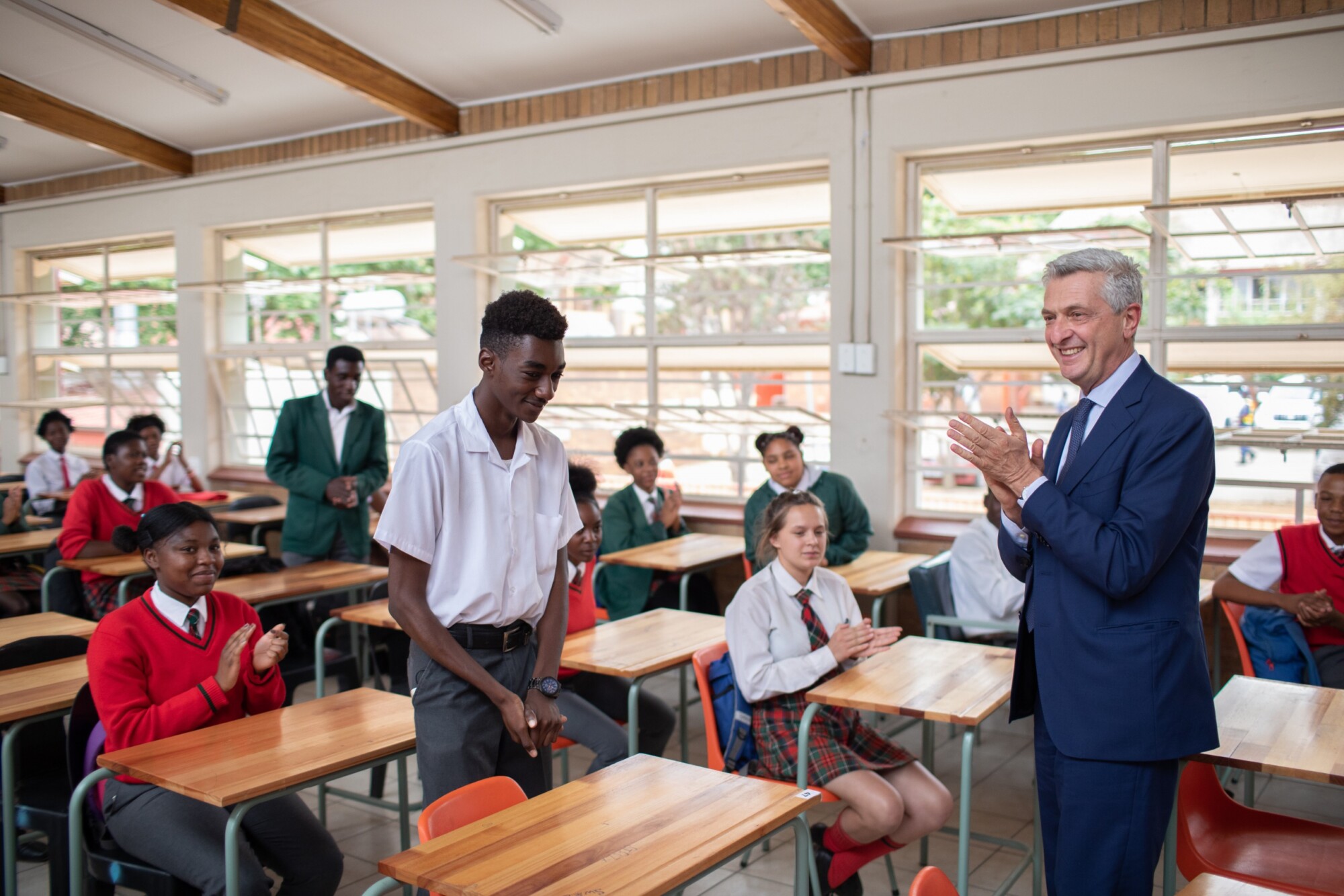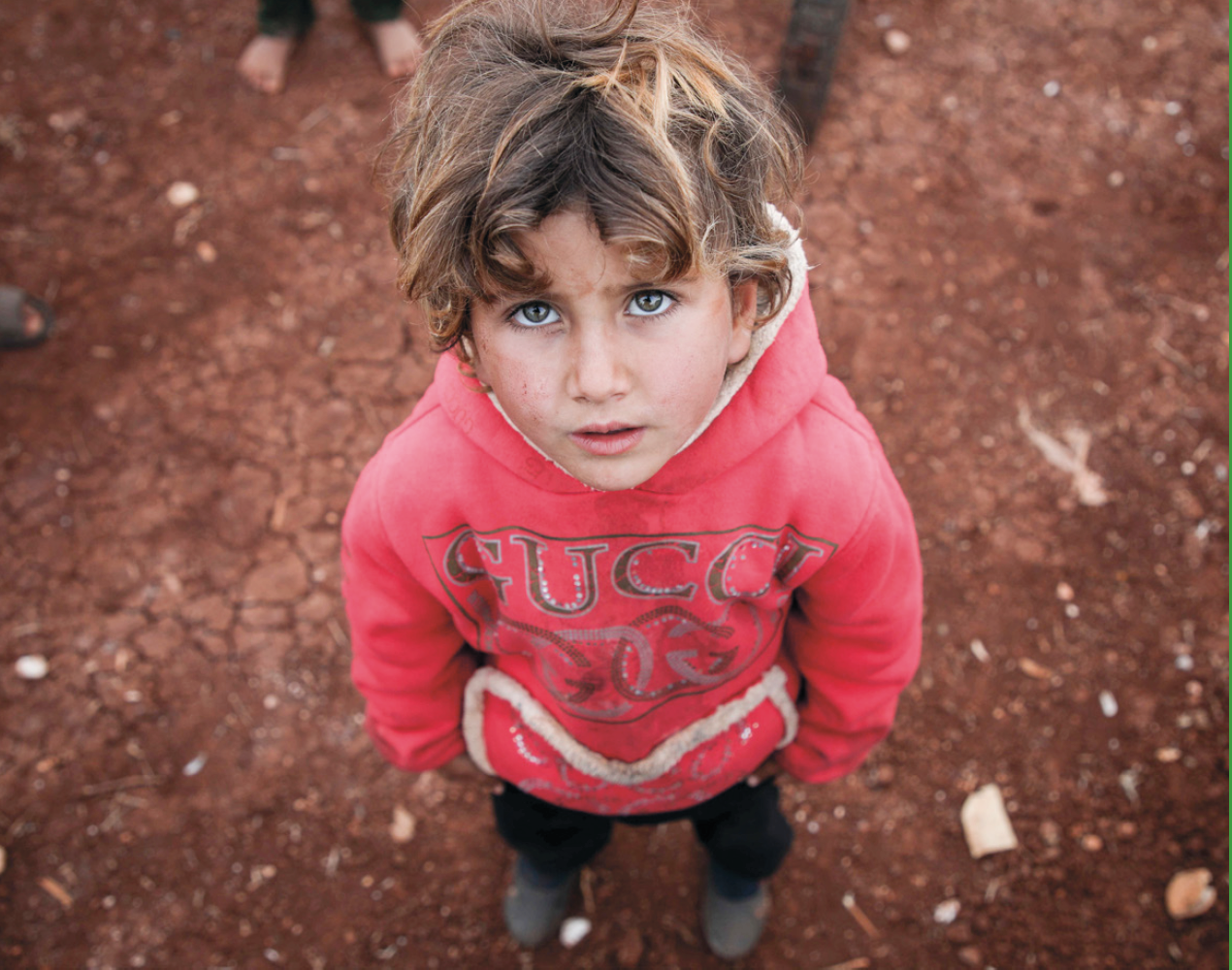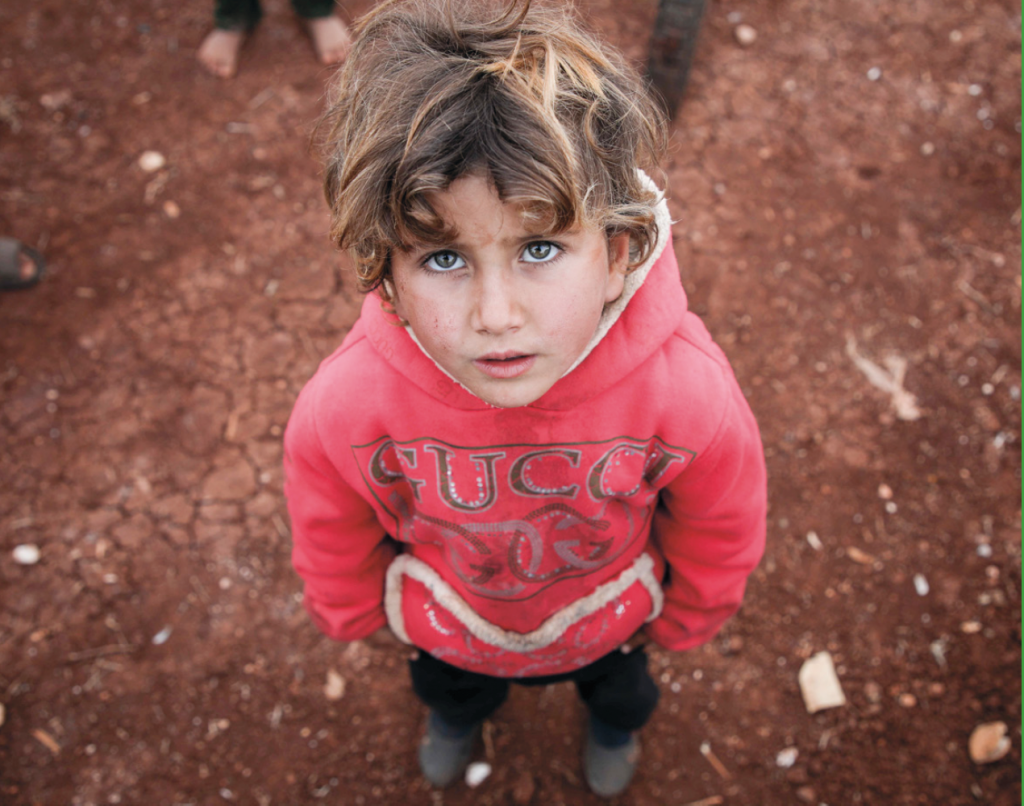
Protecting Children in Armed Conflict

This document summarises the findings of the report Protecting Children in Armed Conflict, led by Shaheed Fatima QC (published in 2018 by Hart/ Bloomsbury), and produced for the Inquiry on Protecting Children in Conflict, chaired by Gordon Brown. Theirworld, Save the Children Fund and the Global Health Academy at the University of Edinburgh have supported the work of the Inquiry.
Protecting Children in Armed Conflict Summary

In conflicts across the world, children are on the frontline. In towns and cities, they are bombed in their schools and homes, or maimed by improvised explosive devices. Humanitarian blockades deny them access to food, shelter, and life-saving medicines. Some are targeted because of their ethnicity, some because of their faith; young girls are raped or abducted by armed groups. There may never have been a golden age in which respect for human rights protected children from war. But by any measure of suffering experienced by children caught up in conflict, we are living in a truly dark age.
An estimated 420 million children 1 — 1 in 5 — live in conflict zones today, with Syria, Yemen, Myanmar, South Sudan and the Democratic Republic of Congo prominent among them. Wars between states may have declined over the past 15 to 20 years, but conflicts within borders have multiplied, and become more urbanised and improvised, so increasing the dangers to vulnerable members of the population. In 2019, the United Nations Secretary- General’s report on children and armed conflict verified 24,000 grave violations of children’s rights during the previous year with more than 1,000 attacks on schools and hospitals Covid-19 is only likely to have exacerbated the vulnerabilities of children in conflict.
One of the defining features of this dark age is the culture of impunity surrounding those who deliberately harm or fail to protect children. The intensity, scope and impact of the violence inflicted on children points to systematic violations of both civil and criminal international law. Yet the perpetrators of these violations, and the leaders who authorise or simply tolerate their actions, seldom face justice, or even fear prosecution. The only effective antidote to this culture of impunity is the rule of law enforced by effective institutions.
Protecting Children in Armed Conflict, the report summarised here, represents a comprehensive legal assessment of the relevant international law. It offers a re-examination of a critical but unresolved problem, and sets out proposals designed to end what has justly been described as ‘the war on children’.
The report was produced by the Inquiry on Protecting Children in Conflict, established by Gordon Brown, the former UK prime minister, in April 2017 and led by the international lawyer Shaheed Fatima QC, with the support of a dozen distinguished lawyers. The Inquiry was backed by the charities Save the Children and Theirworld.
The report’s principal suggestion is the creation of a single international instrument that combines existing legal protections for children in armed conflict, buttressed by an international institution empowered to monitor and adjudicate the implementation of that instrument. Both initiatives could be incorporated within the existing architecture of the UN Convention on the Rights of the Child (CRC). In addition, the report identifies improvements to current international law, as well as the pressing need for states to ratify existing treaties and protocols.
This is a considerable but vital challenge, and we are certainly not the first generation to grapple with it. Save the Children was founded 100 years ago in response to the impact on children of a post-First World War British humanitarian blockade which compounded famine conditions in Austria and Germany. In 1939, and again in 1946, attempts were made to draft international instruments to protect children in armed conflict. Neither moved beyond preliminary stages.
The idea of a separate instrument to protect children in armed conflict was also considered during the debates that led to the Fourth Geneva Convention (GCIV). But participants ultimately decided to build protection for all civilians into the Convention. Although some provisions specifically refer to children, the Convention does not expressly state that children are entitled to special treatment in war time. This left a gap in international law.
Since GCIV was adopted in 1949, there have been attempts to fill that gap, in particular with the CRC, agreed in 1989. The CRC provided a much-needed common lens for focussing on children’s rights. But even during its negotiation, there were concerns that it was insufficiently robust to adequately protect children caught up in armed conflict. Following the horrific wars in the former Yugoslavia and the Rwandan genocide, concerns about the adequacy of international law escalated and led, eventually, to the Rome Statute in 1998 and the establishment of the International Criminal Court (ICC) in the Hague.
In 1996 Graça Machel, the former education minister of Mozambique, was commissioned by the UN Secretary-General to produce a report on the issue of children in armed conflict. Her ground-breaking work documented in painstaking — and painful — detail the experiences of children caught up in conflict around the world. Issuing a bold call for action, she said ‘Let us claim children as “zones of peace”.
A key recommendation was the establishment of a Special Representative of the Secretary-General for Children and Armed Conflict. Since 1997 the Special Representative has reported annually to the UN General Assembly and the Human Rights Council, and raised the challenges faced by children before the Security Council, which has passed several resolutions on the issue since the Machel Report.
For all the progress the Machel Report has produced, the pattern of limited progress through piecemeal legal developments since GCIV has continued. This means that there is still no single comprehensive instrument that directly protects children in armed conflict.
Next resource
